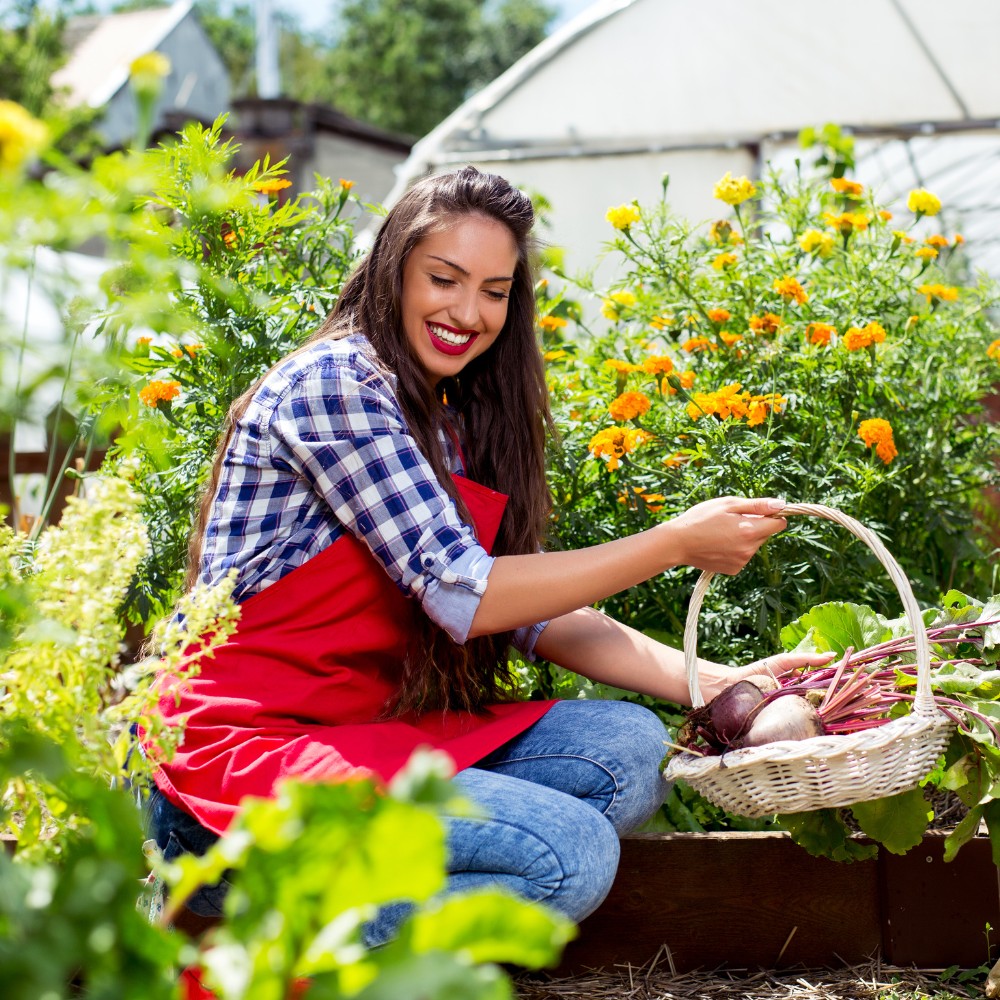
Do you have a green thumb, but have neither the space nor the time to maintain a traditional garden? Or maybe you’ve tried gardening before, but haven’t had much success. Don’t worry – creating a home garden is much easier than you think even if you don’t have an outdoor yard space!
This site contains affiliate links, view the Privacy Policy for more information.
Designing a home garden isn’t just a great way to get some exercise and enjoy the outdoors. It will also allow you to stock up on fresh produce! Plus, it’s a lot cheaper and more convenient than buying your favorite vegetables and herbs from the supermarket all year long.
In this post, we’ll show you How To Grow Your Own Food All Year Long using simple basic supplies and materials. Let’s get started!
Growing Your Own Food VS Buying Food
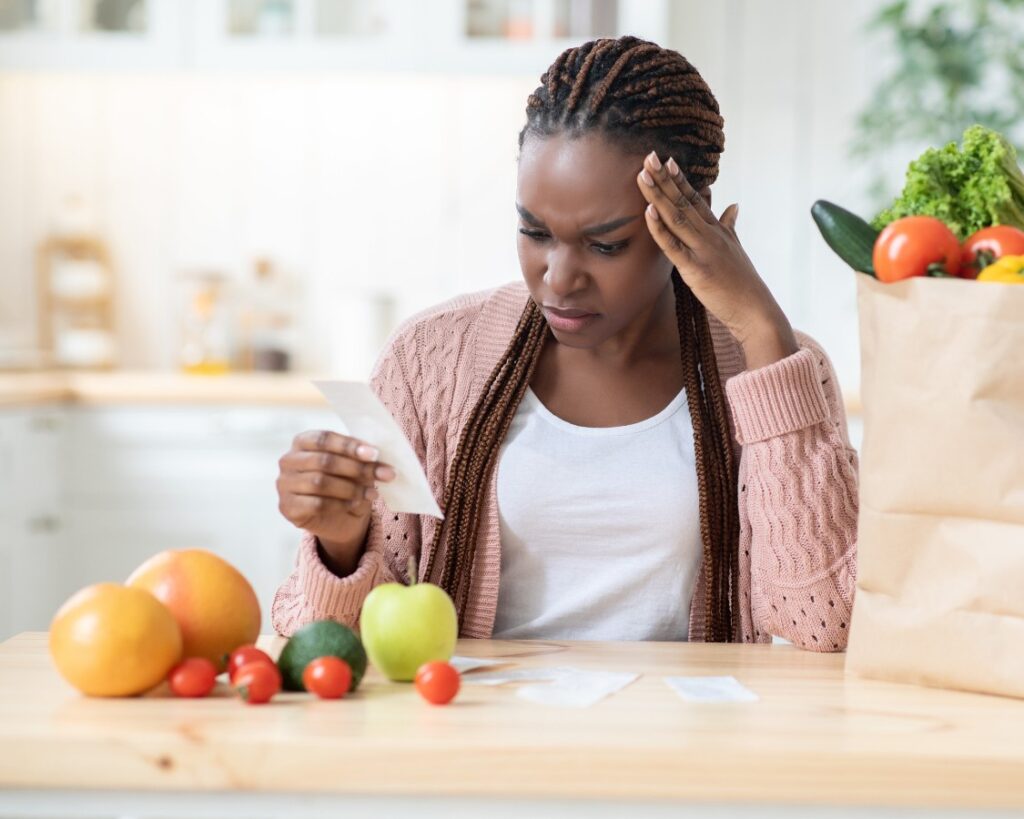
Having a home garden provides you with ready availability of fresh fruit and vegetables, eliminating the need to visit the local supermarket or farm marketplace. Instead of traveling someplace else to get your vegetables, you conserve time, money on fuel, wear and tear on your car and possible less of the typical daily stresses. You’ll save more money when you grow your own food, so learning how to grow fruit and vegetables year-round is going to be a great investment in yourself and a skill you can pass along.
When cultivating your own produce, you have full control of the chemical products used throughout the growing cycle. Organic fruits and vegetables, free of chemicals are often more expensive at the supermarket. A healthier lifestyle will cost us more in the long run unfortunately. It’s time we take the time necessary to learn how to grow our own foods safely and then we can pass this knowledge down generation after generation.

It’s shocking to me how many people are ignorant to how toxic pesticides are to the environment, nature, children, our pets, our neighbors and to our own overall health!
A garden allows you to have a beneficial impact on your environment. Using a compost bin will help convert certain household and garden waste into something like a nutritionally rich plant supplement. This cuts back on trash while also providing organic nutrients to your plants. When you prevent or restrict the use of chemicals in your garden, you minimize contamination as well as groundwater pollution. Garden plants frequently aid with soil retention, hence reducing erosion.
Mulching surrounding plants throughout your backyard garden helps to decrease erosion and indeed runoff.
Determine What You Want to Plant In Your Garden Now
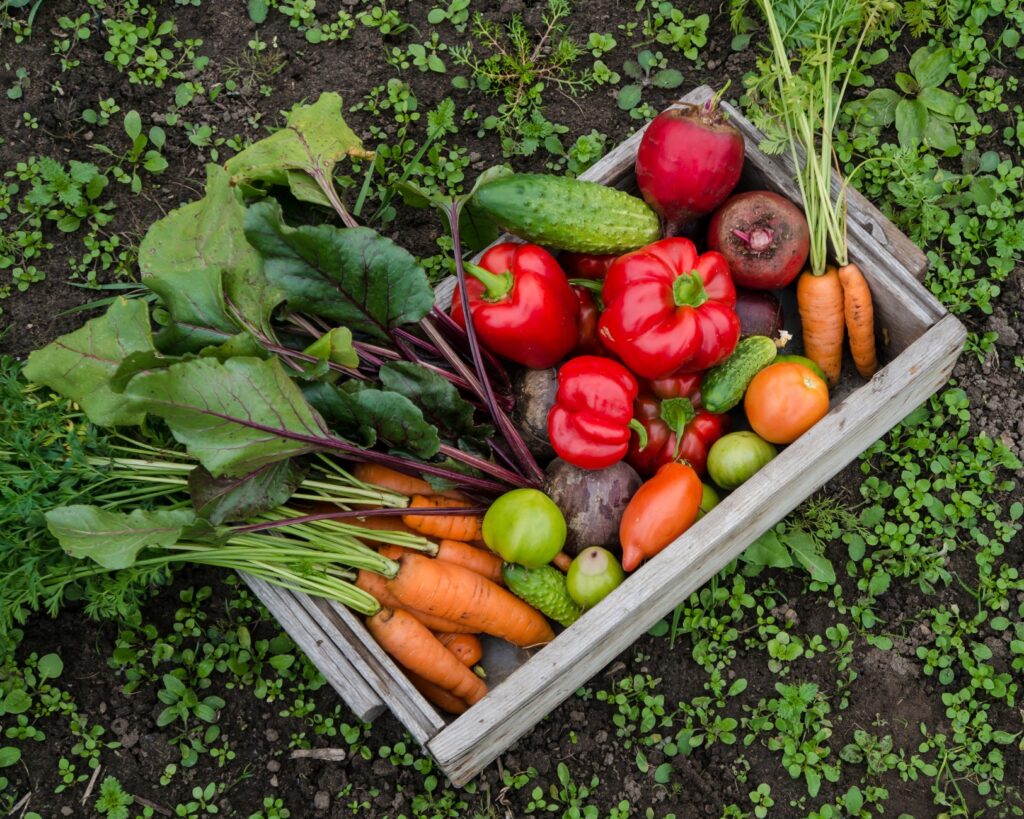
If you aren’t going to consume it in the near season or it’s not the season to plant, don’t cultivate it within your home garden unless you plan to use a food preservation method. But, if you desire flowers in your yard, go ahead and do it. Concentrate on your favorite fruits, veggies, or herbs to grow in your garden.
Make certain that your top vegetable or fruit options are appropriate for your location. If possible, speak with competent gardeners within your region to learn which crops thrive and others that do not or staying within the planting zones for your location.
When purchasing seeds, read the back for instruction on when to plant. Check your planting zone by your zip code. Some states have multiple planting zones, so this planting zone map search by zip code is most helpful to me.

If you simply want a little garden, don’t try to grow anything like a gigantic vegetable, which will take up a lot of space. For larger beds, try inexpensive raised garden bed ideas using just wood planks and planter blocks. These can be spaced out as wide and stacked as deep as you’d like.

Choose Best Spot In Your Garden, Patio or Balcony
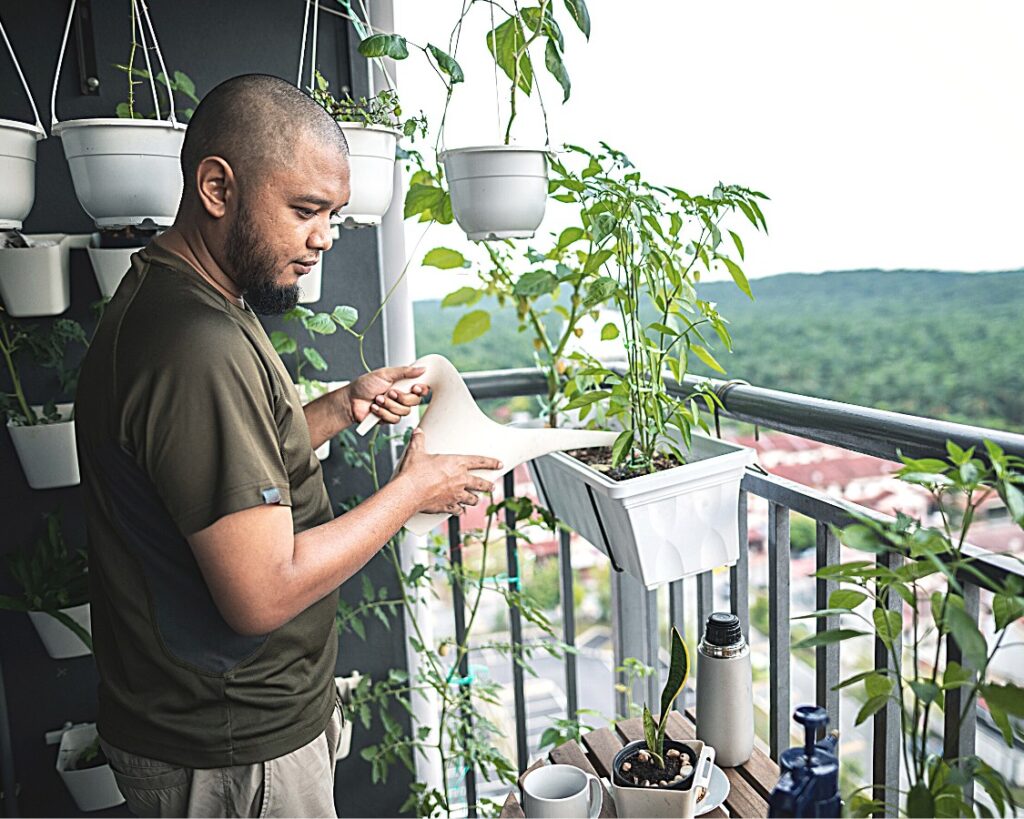
When you’re establishing a garden starting from zero, now is the moment to choose the best spaces you have available. This will help to explore how to grow all your own food for your entire family year round.
For ripening, most vegetables and fruit require full sunlight, with at least 5 hours of continuous sunshine every day. Vegetables and herbs thrive in moderate shade.
Consider how you would go to the garden to harvest, hydrate, and care for your crops. Avoid places with heavy winds as well as frost pockets. Keep an eye out for animals, pet waste, and places that children go to play.
Making Over An Old Or Existing Garden
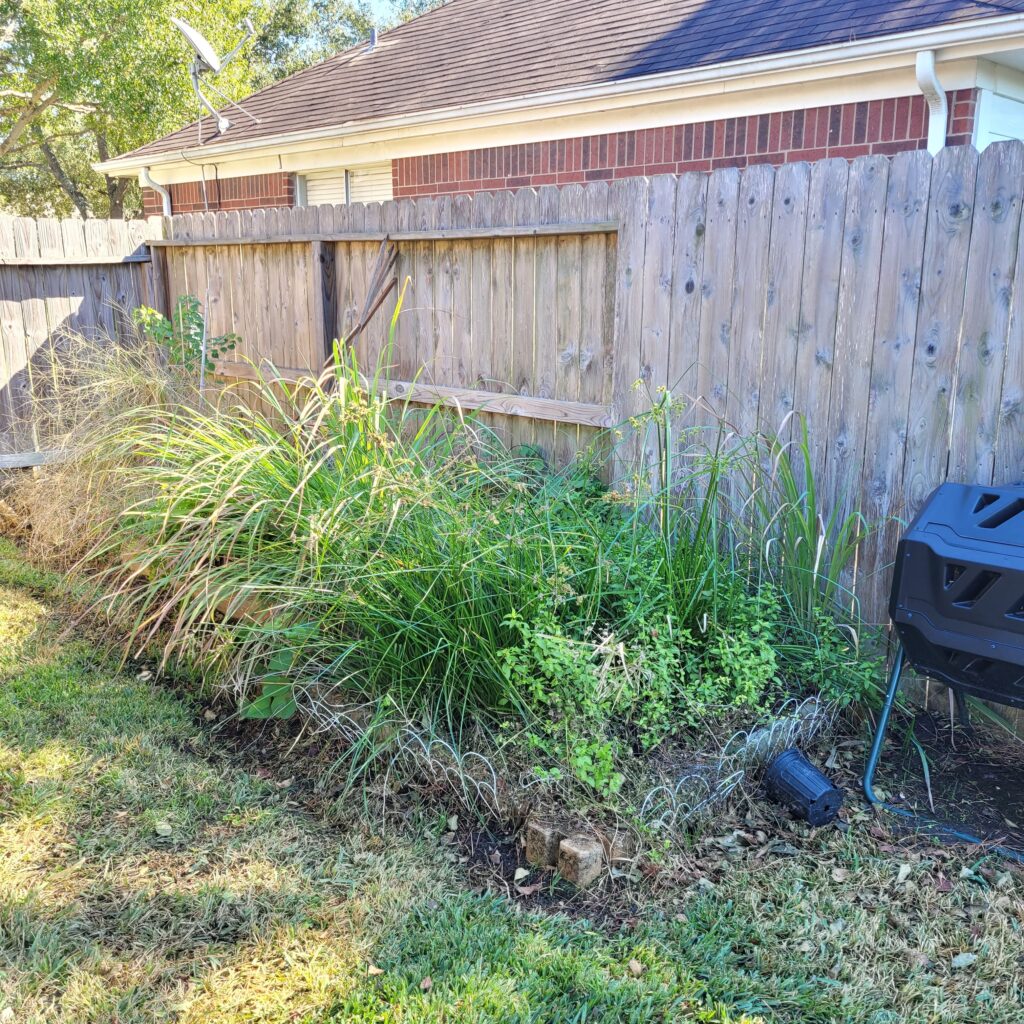
There could be a variety of reason one would need to makeover an existing garden. It could be a new property takeover, gardening gone wrong, possible not best placement for watering or sun or even weeds taking over your existing garden.
I’ve actually been in 3 situations out of those listed above; however more recently it’s a Weed Takeover To A Garden Makeover. Unfortunately, I was away for several months and the weeds took over my vegetable herbal garden almost immediately.
I started by naturally weeding the garden or pulling the weeds with zero poisonous weed killers. I plan to eat things from my garden, so weed killers and pesticides are a deal breaker. They are very bad for our health, our pets health, the future of our land and the current ecosystem.
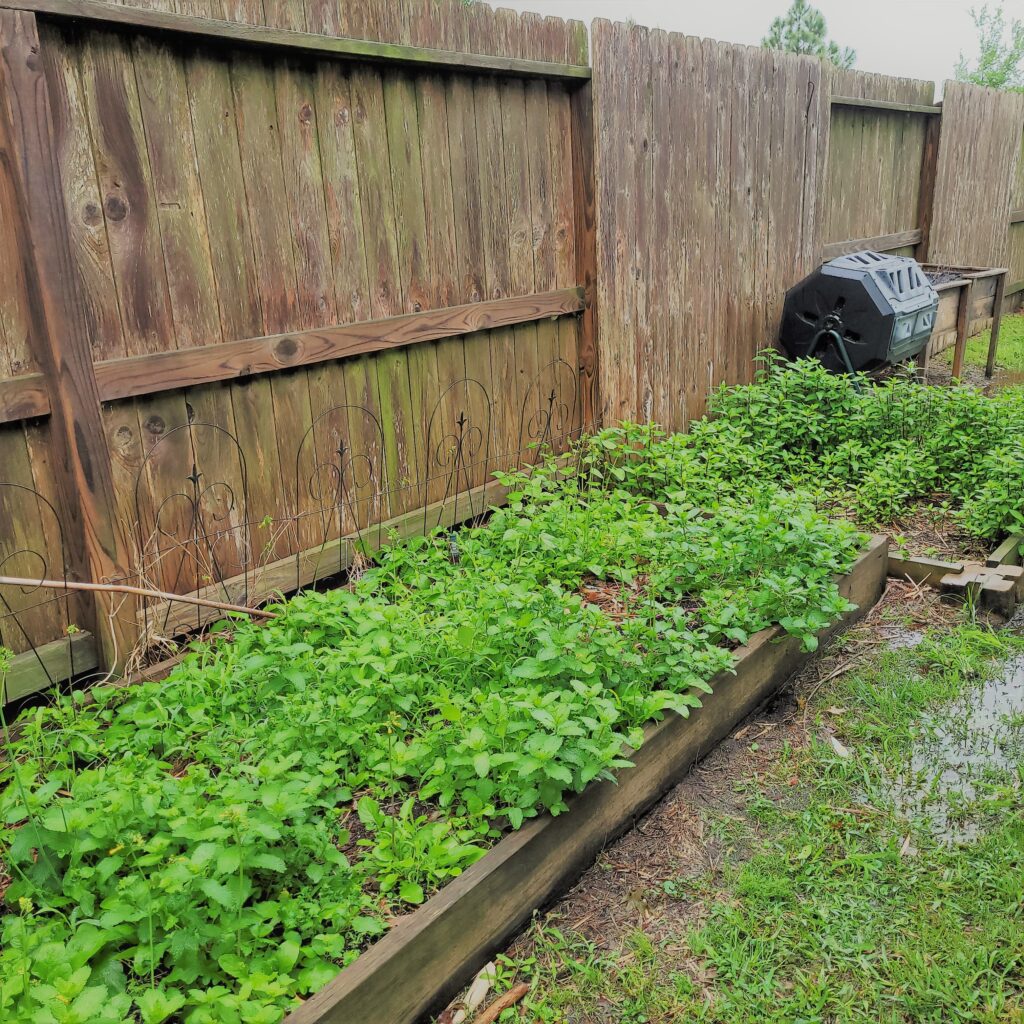
My new garden is now a perennial herbal and medicinal garden. It is bountiful of chocolate mint, mint, scarlet sage, lemon balm, oregano, garlic, dandelion and more! I’ll add tomatoes and cucumber nearby in containers or another raised garden bed. In the winter time, these will temporarily fade, but I can also make space for greens and lettuce during the interim.
Growing Your Own Food Indoors – No Yard or Patio Gardening

There are lots of vegetables you can grow indoors using pots and the right kind of soil. A variety of beans, greens, peas, certain tomatoes and more! Some of these options will require sunlight from your windows or possibly using a Grow Light, possibly both depending on the direction your windows face.

You must decide what is on your must have vegetable list. Once you have your list, you can move on to what kind of soil is needed and then the best planter types. Then if you have the space to place your pots in the window or will you need to use a Grow Light and how will you set up your Grow Light because there are any kinds. I have a Grow Light with 3 Lights that clamps to my window sill or table. Last thought for you, is what supplies will you need and do you require a cart for transporting your plants to other windows or away from cold windows.
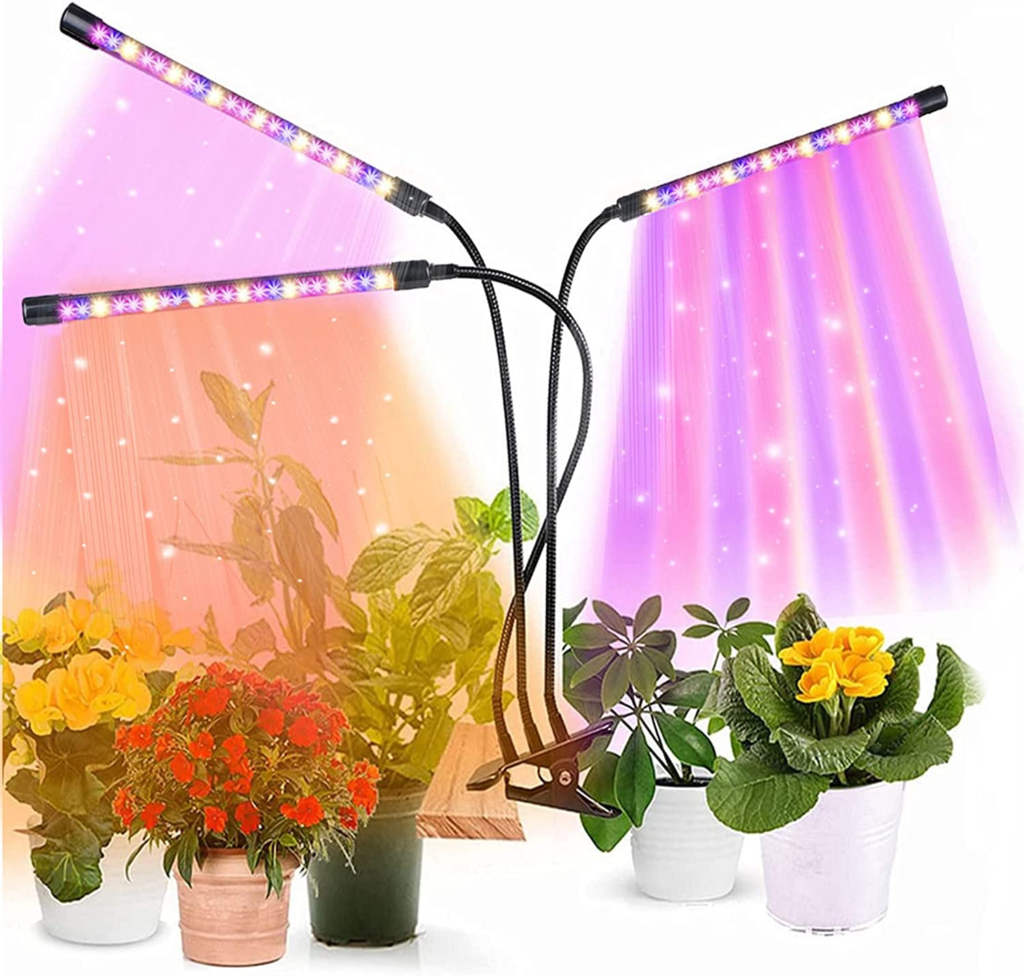
Growing Your Own Food Indoors With Hydroponics
Hydroponics is my preferred way to grow certain vegetables indoors and quite quickly. There are a few types of Hydroponics to choose from, therefore various ways to get started with hydroponics on a budget. Read more on the types of hydroponics available and which vegetables and fruit grows best with this method.
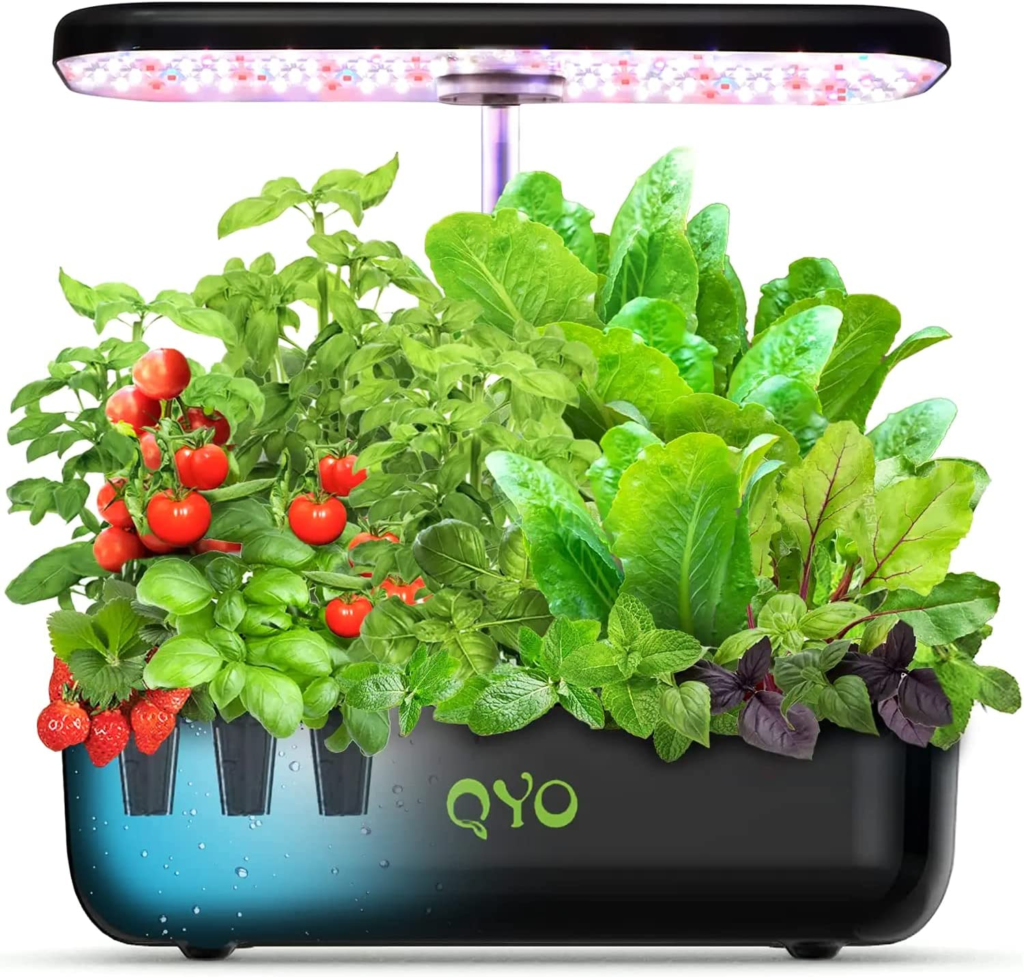
I actually purchased a hydroponics gardening system on app Offer Up for a pretty good deal. It’s called a AeroGarden, because it uses the Airponics method. My Aerogarden did pretty good for my vegetable goals. Back then AeroGarden were the monopoly of hydroponic systems, and now there are hundreds new alternative brands. Just be sure to read the reviews and buy with at least a 30 day return guarantee.
Hyrdroponics gardening systems prices can definitely range depending on the size you want. There are pretty large systems which can feed a family for several hundred dollars. I’ve also heard they use a lot of electricity so definitely keep that in mind.
See my hydroponics growth rate and results video below.
Today, there are now so many brands of hydroponic systems that I can no longer keep count. I’ve had the most success with lettuce, greens and herbs. Most of these grow so fast, I have to freeze, can or dry much of it or even freeze dry as an option. These are all ways you can also try to make your harvest last much longer. Definitely check out my post on long-term food preservation and also water preservation.
Invest in High-Quality Soil and Seeds
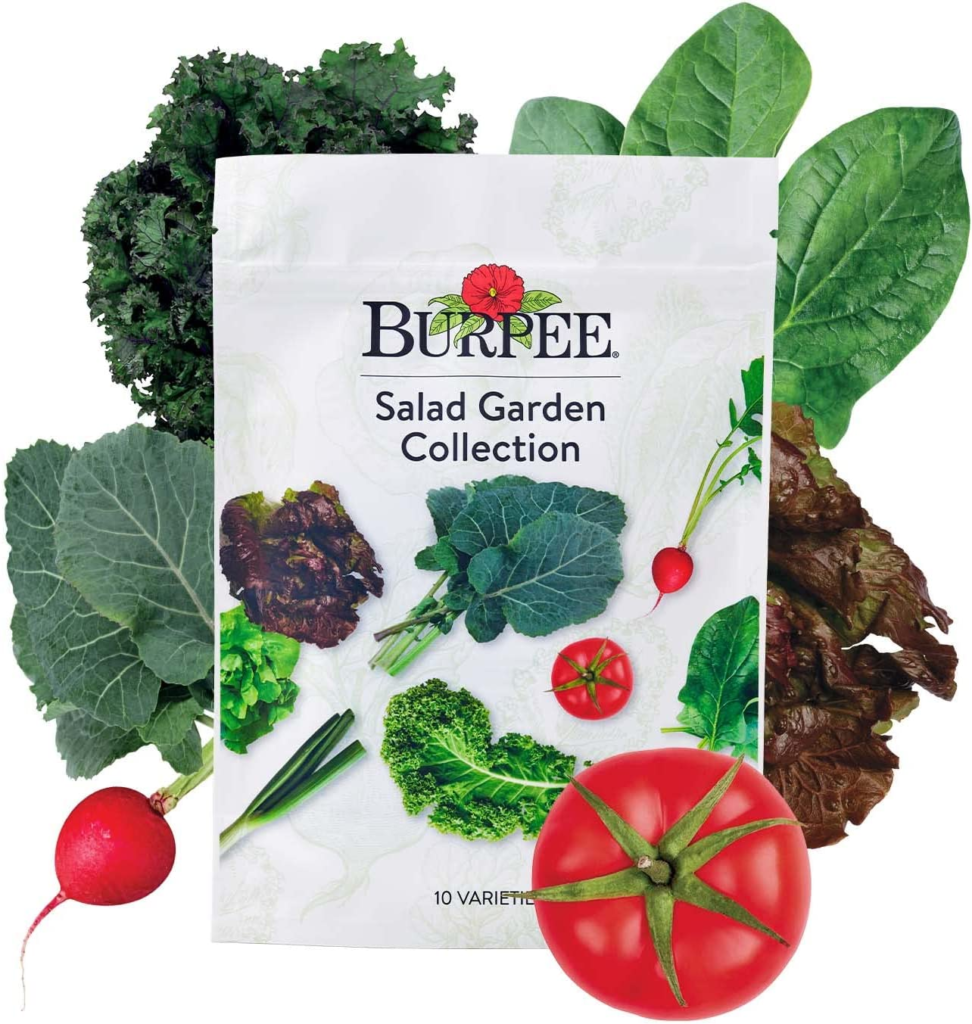
Not all seeds are created equal. For me, I look for organic and non-gmo seeds from the best organic seed companies I can find, although we can’t completely avoid all chemicals in the USA, we can still do our due diligence.
Many garden crops appreciate soil having a balanced pH level, however, others prefer mildly acidic or mildly alkaline circumstances. Nutrient balancing is also vital, and so is the existence of natural matter.
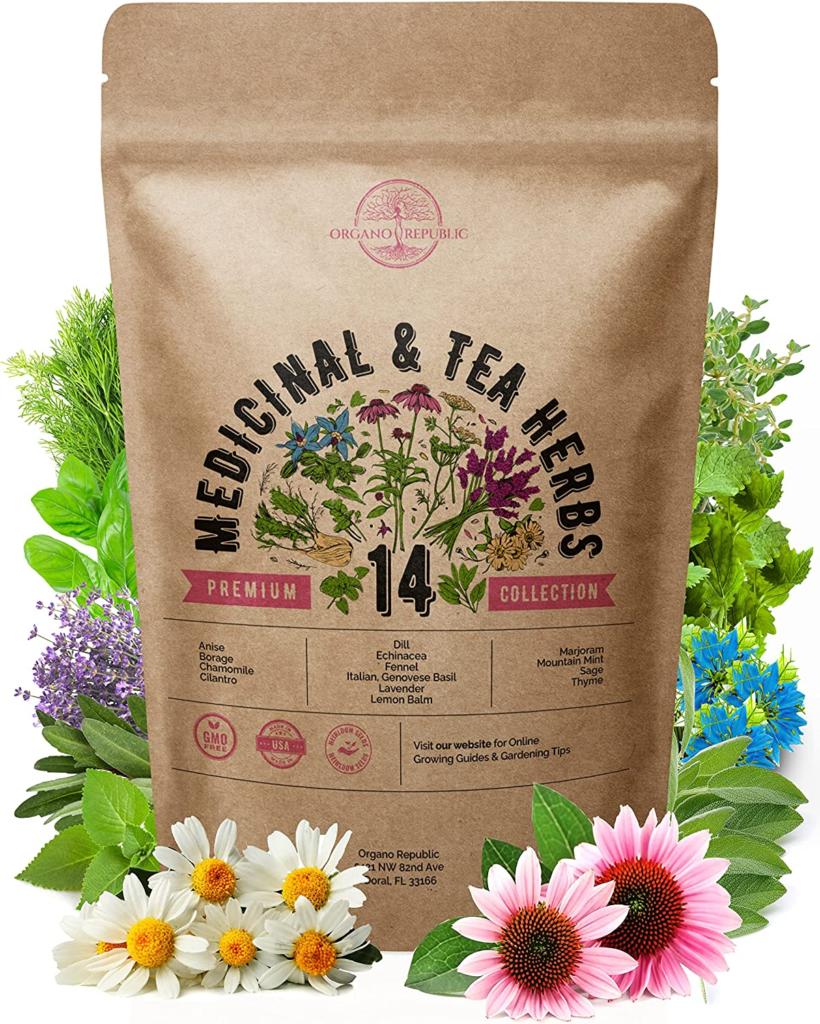
Most plants like a deeper, more fertile, organic, and rich soil that drains well. To produce delicious veggies and fruits, roots require suitable garden soil in order to stay healthy.
Regrow Vegetables and Herbs From Scraps

The next time you’re peeling a potato or cutting up celery from a full stalk, do not throw it away! You can definitely regrow vegetables from scraps. It’s such a blessing how we can take vegetables, herbs and fruit we purchased with our hard earned money and regrow new vegetables from them. It’s the investment that keeps on growing with just a little TLC.
Here is a list of vegetables, herbs and a few fruits you can purchase from the store and regrow with just the remaining kitchen scraps.
- Zucchini
- Celery
- Potatoes
- Sweet Potatoes
- Ginger
- Bok Choy
- Romaine Lettuce
- Garlic
- Onion
- Green Onion
- Squash
- Carrots
- Leeks
- Mint
- Cilantro
- Basil
- Strawberries
- Pineapple
- Blackberries
Use Recycled Materials to Create Planters

Nothing blends in as well as plastic containers (old water, soda bottles, milk jugs) in the realm of repurposed plants. They’re available in a multitude of sizes. They’re simple to cut then shape, and they may be utilized to create stunning hanging gardens. But, because of the presence of BPA along with other unsafe chemicals, they may be best suited for aesthetic plants. Check your bottles label for BPA before using to plant any edibles.
Glass bottles seem to be more difficult to deal with, yet they provide for a far more beautiful planter that looks great on your kitchen counter or somewhere around the house. Furthermore, you might feel more secure when utilizing them for meals.
Tin cans are available in a number of different forms, and these cans are easy to customize, making for a delightfully basic collection of various pots in the corner of your patio or somewhere else.
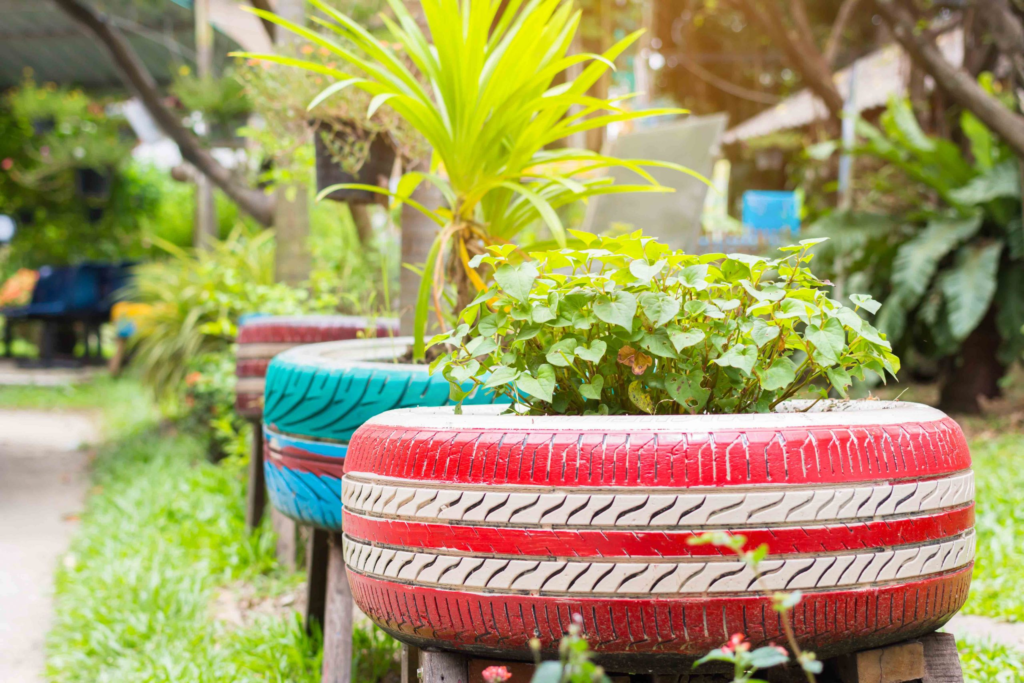
Old tires make excellent garden planters. Tires may be transformed into some incredible designs, such as gardens made of piled tires, suspended planters, and even tree swings. They may also be placed on the ground, loaded with fine soil, and packed with plants.
Buy or Borrow Gardening Tools

Gardening in your yard becomes a joy rather than a task when you have the correct equipment. You wouldn’t slice veggies with a measly butter knife, therefore you shouldn’t labor around your garden with dull or weak instruments.
If possible, avoid purchasing inexpensive plastic tools. Browse yard or estate sales for true metal equipment at a discount, or go to the local gardening center. To limit the chance of damage, get equipment that seems to be the proper size for your hands.
Good tools of high quality will save your time, energy, as well as your back. Preserve your garden tools structural integrity by keeping them well maintained and rust-free, just as you would a fine knife.
Research on Different Fertilizer Brands
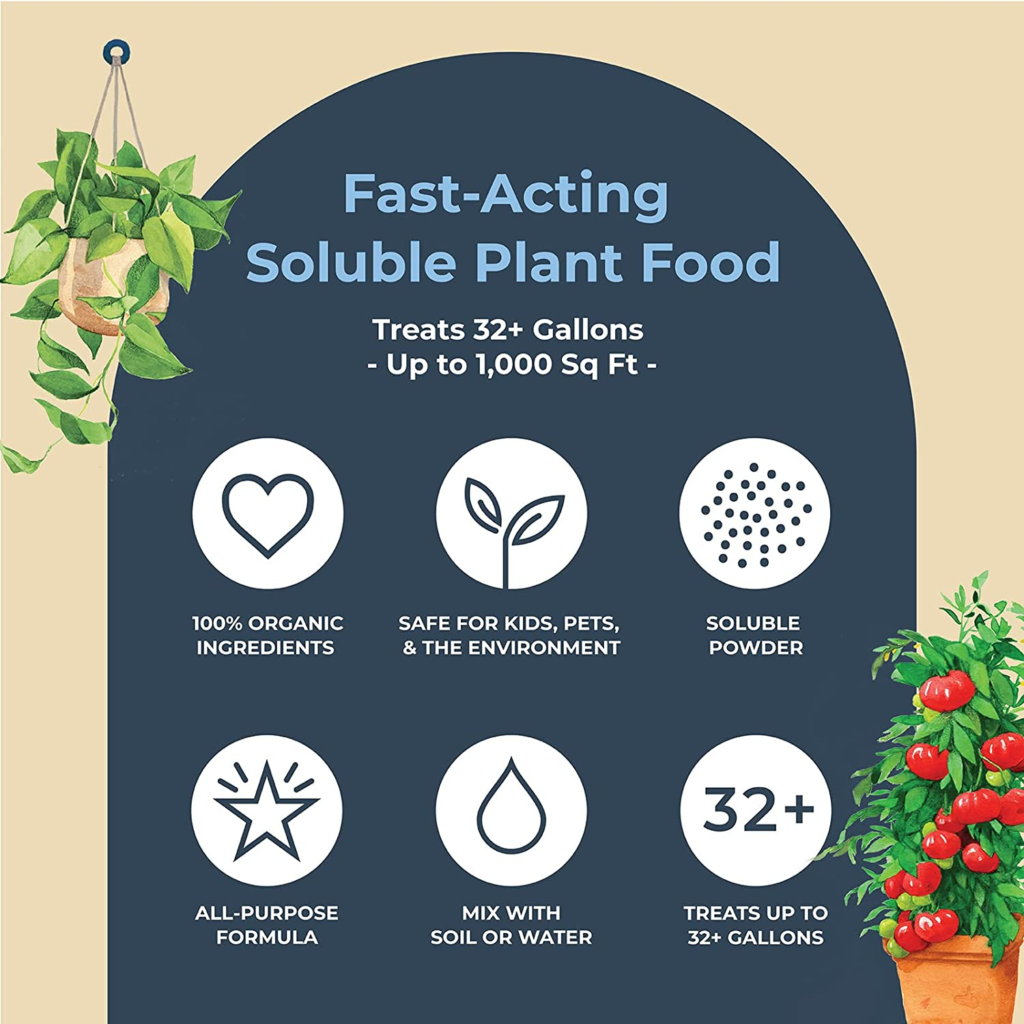
Typically gardeners should be using a organic fertilizer that has twice the amount of phosphorus compared to the nitrogen and potassium in the fertilizer. These fertilizers generally are simple to get by. Many outdoor and indoor soils have enough potassium to support plant development and may not require additional potassium.
Most veggies, on the other hand, benefit from a well-balanced fertilizer. There have been, however, certain exceptions. Leafy greens may require only nitrogen for them to produce big, soft leaves, but root vegetables like turnips, carrots, beets, sweet potatoes, and potatoes can benefit from such an additional dosage of potassium.
Get a fertilizer that will aid the plants that you grow, regardless of what you’re growing. Don’t choose a fertilizer that you randomly decided to buy without doing any research first.
Maintaining Your Garden
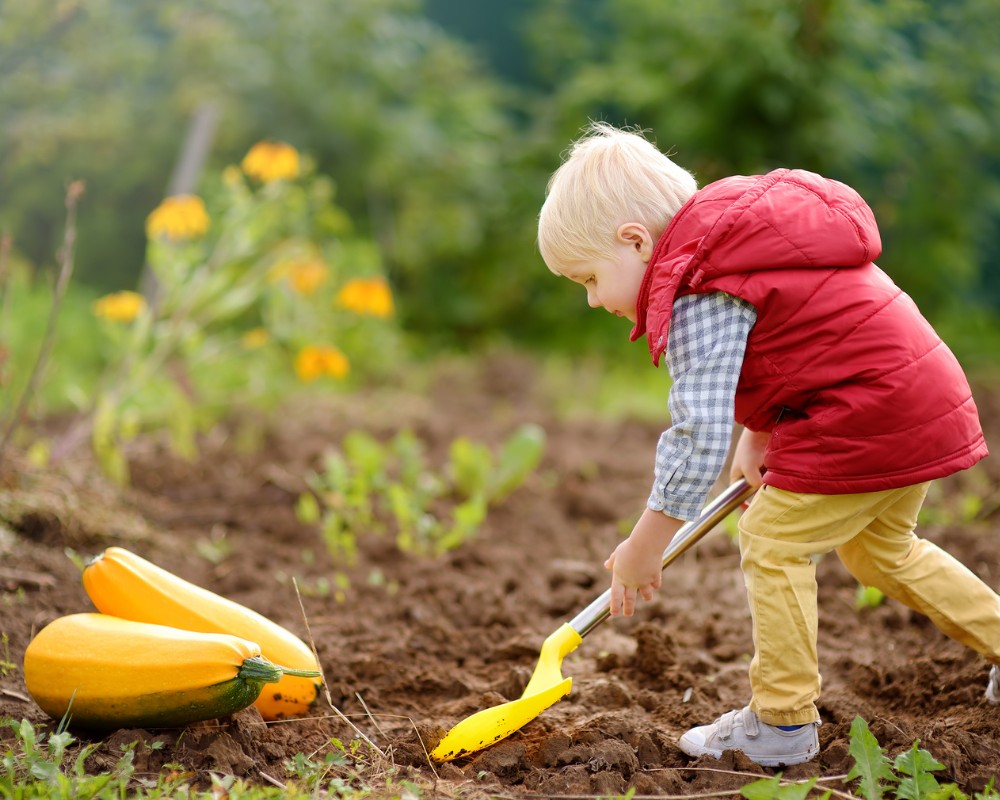
When you’re not willing to invest time into your routine to care for your plants, then you could be best suited going to a farmer’s marketplace or opting for low-maintenance garden of sprouts as well as herbs. Based on the scale of your plants, the time commitment might range between a couple of minutes every day to something close to a full-time job.
Overwatering is just as dangerous as underwatering, therefore examine your soil before giving your plants water or emptying the rainwater tanks. Excessively watered soil may cause plants and their roots to decay. When watering, supplementary feeds can be given to provide extra nutrients and a touch of good microorganisms to plants. Save money on watering your plants with a DIY rain barrel. Check out my short and quick DIY rain barrel video to see how easy it is to set up one yourself in a just minutes. I assembled my DIY Rain Barrel setup on my own and believe me, it has certainly come in handy during droughts and saves me money by preserving 50 gallons of water from the rain at all times.
Natural Chemical Free Weed Prevention And Maintenance
Transforming your garden into a flourishing haven without relying on harsh chemicals is not just an eco-conscious choice; it’s a celebration of nature’s wisdom. Naturally preventing weeds involves cultivating a robust ecosystem that outcompetes these unwanted intruders. Start by mulching your garden beds with organic materials like straw, bark, or compost. This not only suppresses weed growth by blocking sunlight but also enriches the soil with valuable nutrients. Embrace companion planting by strategically placing plants that naturally deter weeds, such as marigolds or mint, alongside your garden favorites. This symbiotic relationship creates a natural defense, enhancing your garden’s resilience against weed infiltration.
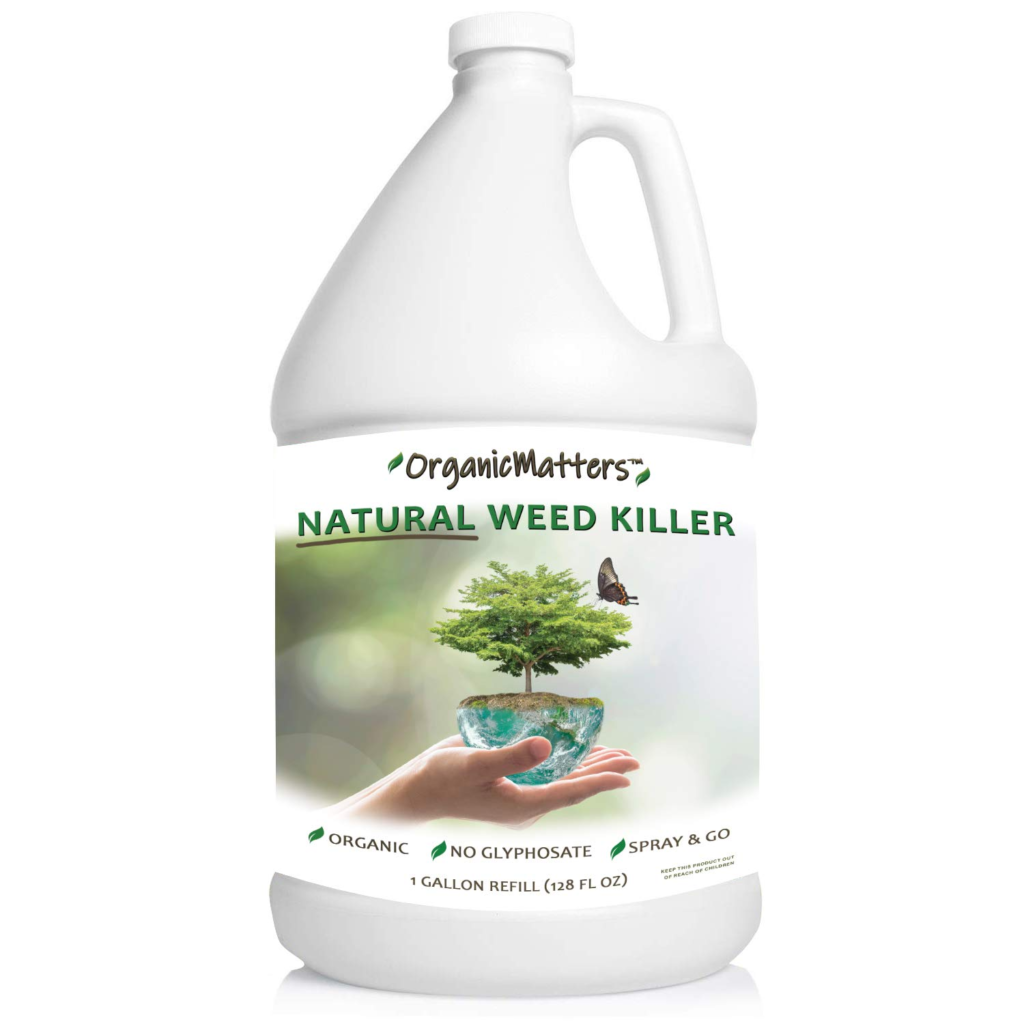
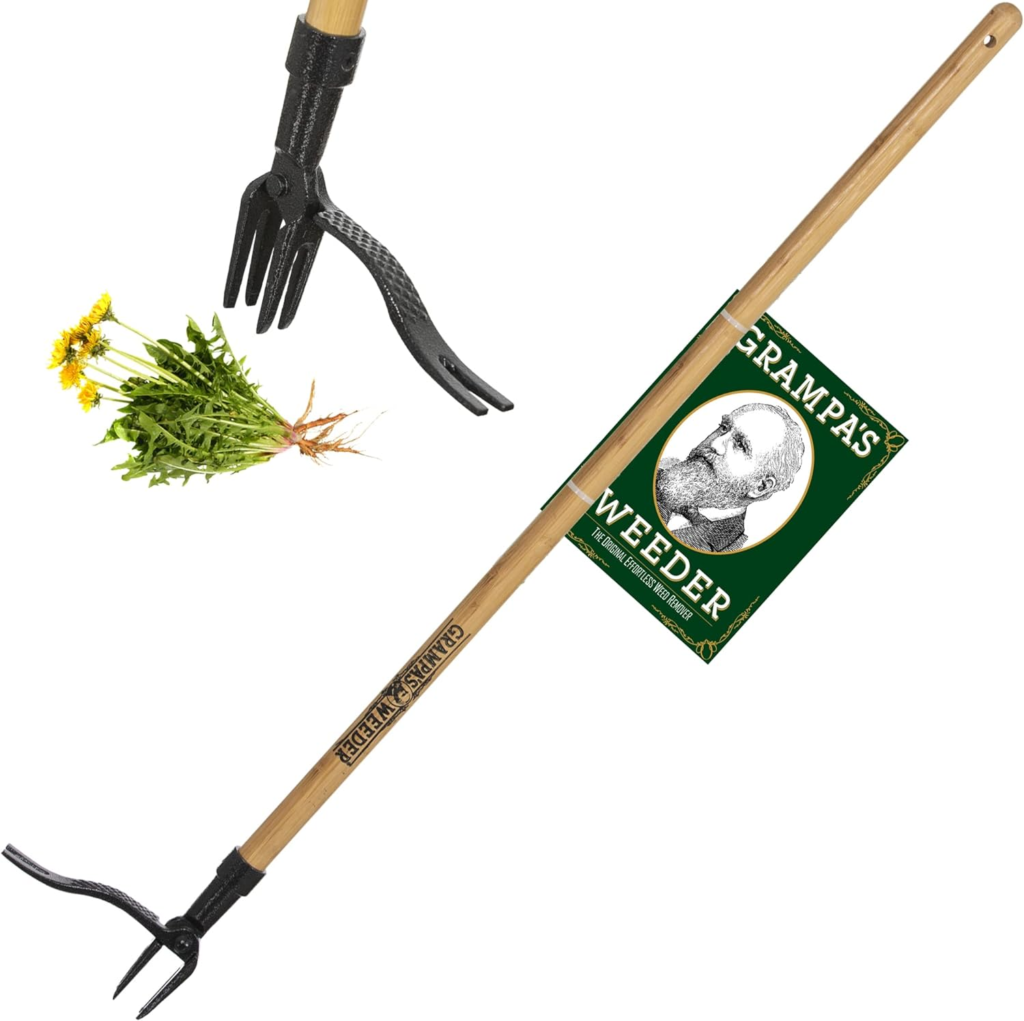
When the occasional weed does attempt to stake its claim, resist the urge to reach for chemical solutions. Instead, adopt the age-old practice of hand weeding. Roll up your sleeves and get close to the earth, gently pulling weeds from their roots. This hands-on approach not only removes the immediate threat but also allows you to engage intimately with your garden. For larger areas, consider using a stand up weed puller (better for your back), such as Grampa’s Weeder – The Original Stand Up Weed Puller or any manual weeder to streamline the process. Regular maintenance and vigilance are your allies in this endeavor, ensuring that your garden thrives in a chemical-free, sustainable embrace. By nurturing a vibrant and balanced ecosystem, you invite not only the beauty of your chosen plants but the resilience that comes from nature working in harmonious collaboration.
Enjoy The Fruits (Or Vegetables) Of Your Labor!

Harvest your plants as soon as they reach maturity for the finest quality. Leafy vegetables, such as lettuce, are harvestable over a long period since you may snip off their leaves and then they will sprout and be ready for yet another harvest.
Whenever the dewy grass has the dew dry up but sometime before the heat of the afternoon sun has time to set in, the flavor of your fruits and vegetables is often at its peak. Taste the many options and pick which ones appeal to you the most.
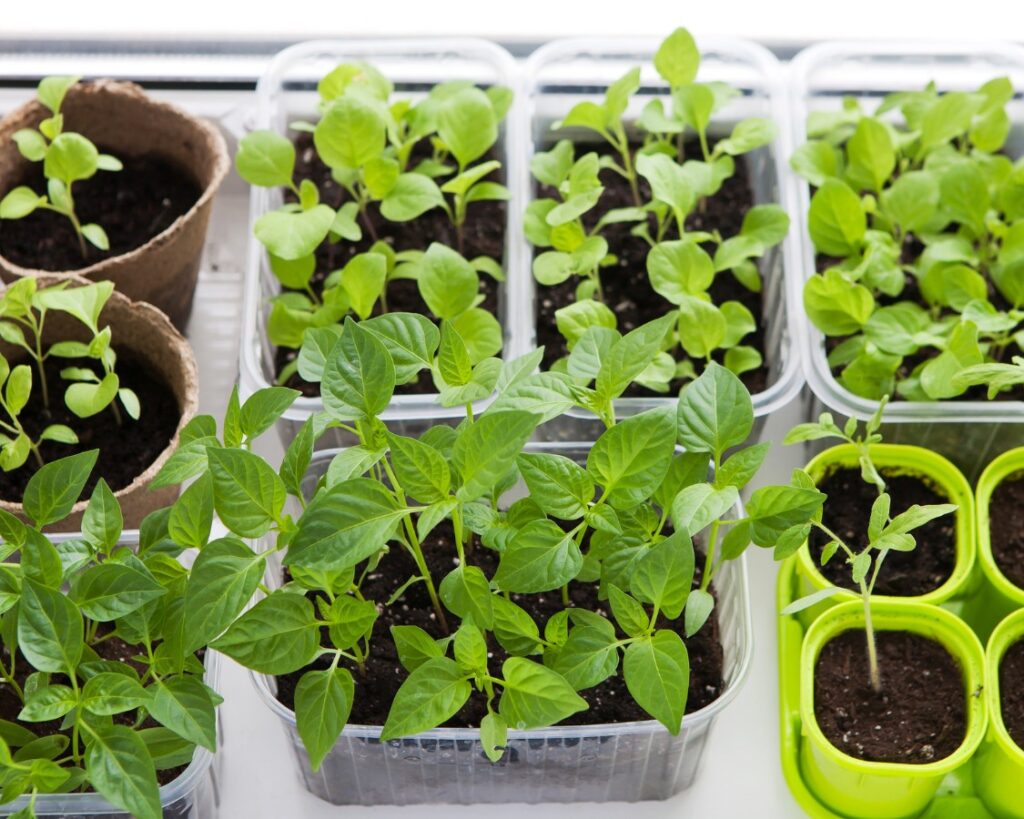
Bonus: Surprisingly, The 5 Best Edible Weeds Found Outside In Your Own Yard
If you don’t know it already, I also like to share my favorite weeds list that grow in my yard. These weeds grow on their own without any effort of my own so I see it as free food, medicinal plants, tea and herbs. IMPORTANT: Be sure to source edible weeds from pesticide free land only. If you’re using grass, weed or bug killer in your yard this is toxic, do not eat the weeds in those treated spaces.
Dandelions

My favorite edible weed! The dandelion edible weeds are found in our backyards, at the park and in the woods. They make great teas and the entire flower is edible. You can buy dandelion seeds and plant them yourself or find them in the wild pulling from their roots to replant them.
The dandelion root has high blood pressure healing benefits and has potential to kill some cancer cells. Dandelions medicinal healing benefits are boosting the immune system, relieving water retention/bloating and detoxifying the liver. If you love wine or beer, then start drinking dandelion tea to detoxify your liver. My favorite thing about the dandelion weed is it’s skin benefits such as being anti-aging, increasing hydration and even collagen. This is something to think about the next time you see dandelions! Maybe it found you, and not the other way around 😉
Broadleaf Plantain Edible Weed

Broadleaf Plantain edible weeds seem to grow all over Texas. I’ve seen them in Michigan too. They probably harvested it in episodes of Lost I’m sure. It would serve many purposes if stranded on a island or during a apocalypse.
Broadleaf edible weeds can be eaten raw or cooked. Broadleaf has anti-inflammatory healing properties. It’s known for it’s treating pain, wounds, diarrhea, decreasing mucous, helping with digestion issues, it boosts the immune system and has anti-inflammatory and anti-tumor properties.
Clover Edible Weed
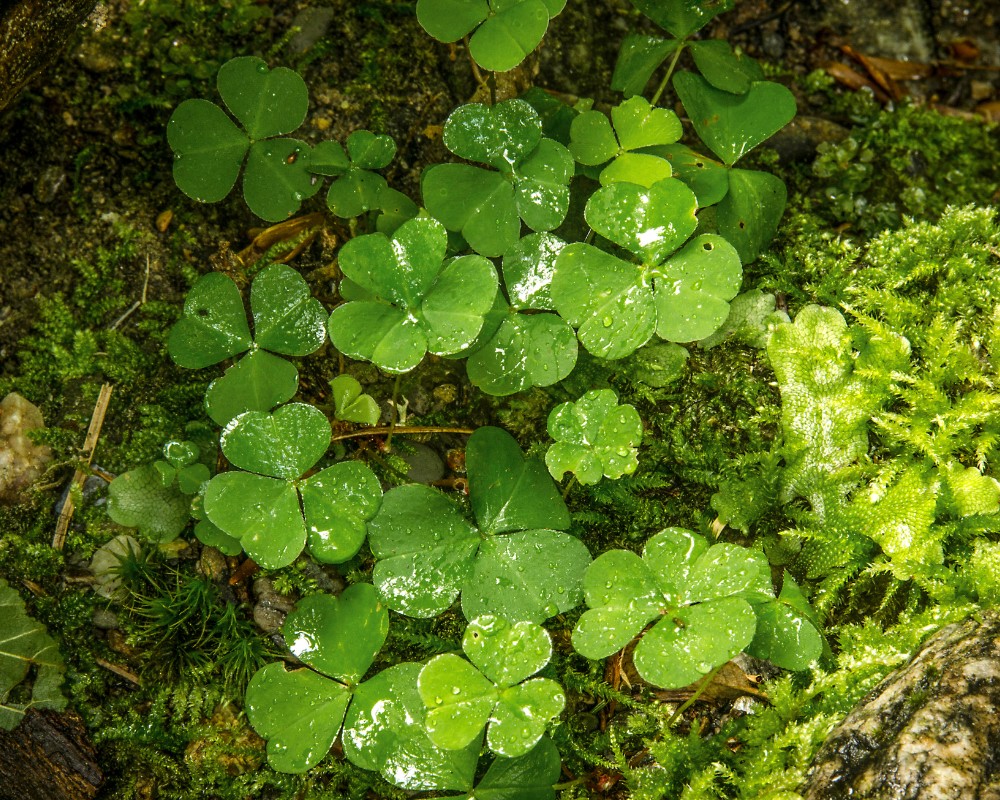
Most of us has seen these in our childhood or even as an adult. They’re everywhere. As a child, my mother took one out the ground and bit into it which made me brave enough to try it myself. I think they may be on a bitter and tangy flavor for me. Possibly could taste great in a salad. I’ll have to try it someday. The health benefits of clover edible weeds are cleaning the lymphatic system, detoxifying the blood and excellent for fighting colds.
Red Clover Edible Weeds and White Clover Edible Weeds
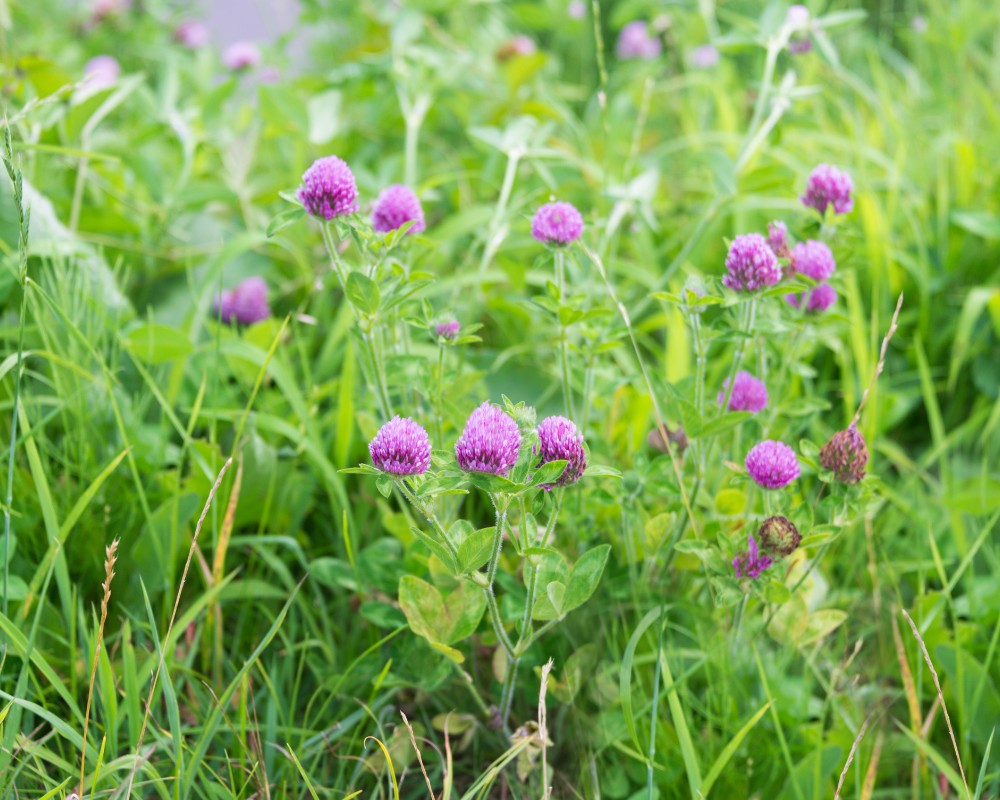
Both the red and white clove edible weeds are entirely edible. Red clover has be known to improve the blood, fight hot flashes or menopausal symptoms, build bone density and improve asthma symptoms. Red clover extract adds volume and luster to the hair. You can dry them out to use as tea, eat raw or make your own tincture.
If you like to learn more on the best Edible Weeds, I recommend the edible weeds book called Edible Wild Plants featuring over 200 edible weeds found in North America.
Thanks for reading and I hope you’ve been inspired!

![]()